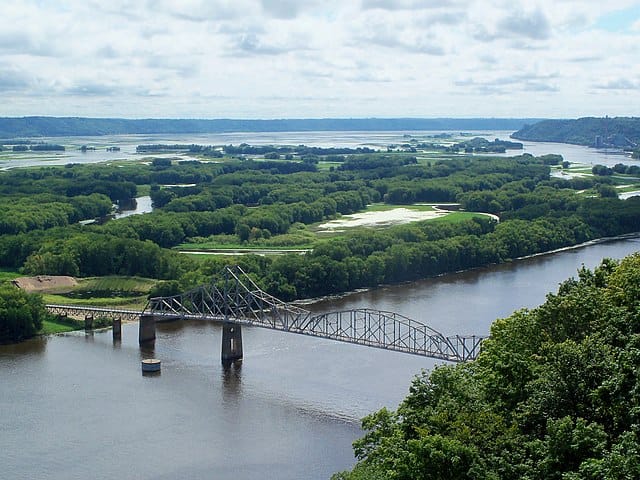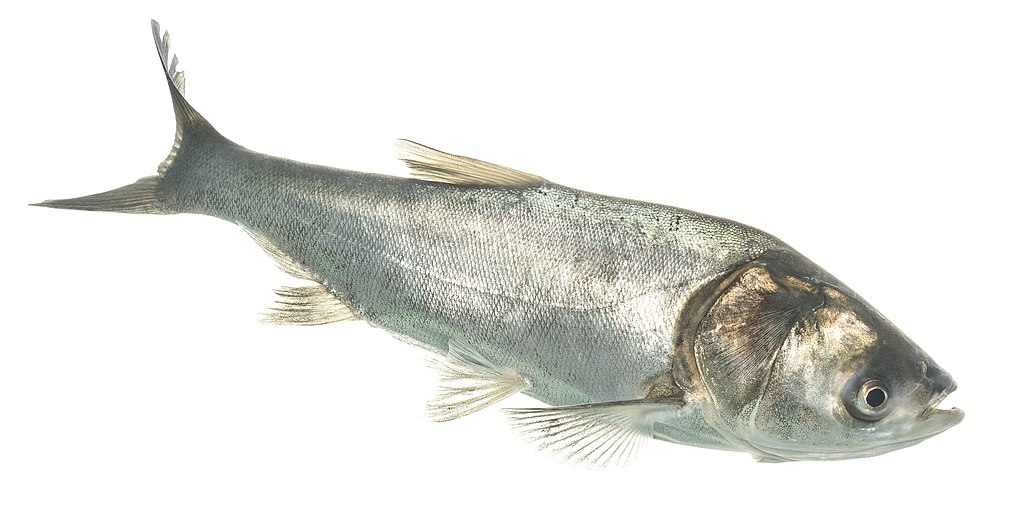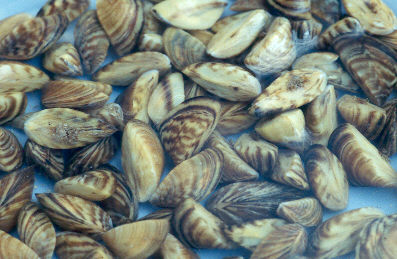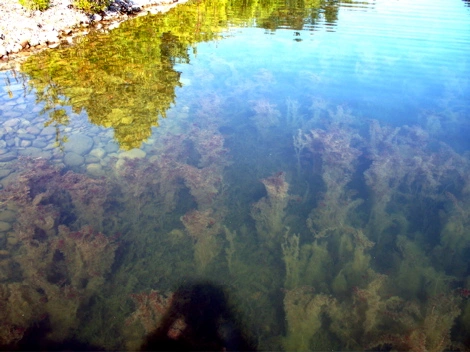Invasive Species: What to Watch Out for While Boating on the Mississippi River

The Mississippi River stretches for more than 2,300 miles from its source in Minnesota to its delta in Louisiana. It’s not immune to the challenges posed by invasive species. These pesky plants and animals are introduced to a new environment where they proliferate rapidly and disrupt the ecosystem balance. This is problematic on the Chesapeake Bay, the Atlantic Ocean and the Pacific Ocean.
Several invasive species have significantly impacted the Mississippi River’s ecology, economy and biodiversity. Keep reading to find out what to watch out for before returning to your marina or private boat slip rental after a day of fishing or exploring on Old Man River.
Asian Carp

Photo: Wikimedia/USFWS-Mountain Prairie/CC by SA 2.0 (silver carp)
One of the most notorious invasive species in the Mississippi River is the Asian carp. They were originally introduced to the United States in the 1970s to control algae and parasites in aquaculture ponds and wastewater treatment facilities. These fish quickly spread throughout the Mississippi River basin. Asian carp - species such as silver carp, bighead carp, black carp and grass carp - are prolific breeders with no natural predators in their new environment. They outcompete native fish species for food and habitat. This leads to declines in native fish populations and alters the entire ecosystem.
Asian carp are also known for their jumping behavior, where they leap out of the water when startled by boat motors. This behavior poses a risk to boaters and can cause injuries. Additionally, the presence of Asian carp has had detrimental effects on commercial and recreational fishing industries along the Mississippi River, impacting local economies that depend on fishing and tourism.
Zebra Mussels

Photo: Wikimedia/Amy Benson/CC by SA 1.0
Another invasive species of concern in the Mississippi River is the zebra mussel. Native to the Caspian Sea region, zebra mussels were introduced to North America in the late 1980s through ballast water discharge from ships. These small freshwater mussels reproduce rapidly and can attach to any hard surface, including boat hulls, propellers, private boat dock rentals and water intake pipes. Their prolific colonization can clog water infrastructure, disrupt ecosystems and outcompete native species for resources.

Photo: Wikimedia/Fungus Guy/CC by SA 3.0
In addition to Asian carp and zebra mussels, other invasive species such as the common carp, round goby, and Eurasian watermilfoil pose significant threats to the ecological balance of the Mississippi River and its tributaries. Efforts to control and prevent the spread of these invasive species include physical barriers such as electric fences and underwater sound systems, biological control methods and public awareness campaigns.
You’ll want to follow strict cleaning procedures to avoid transporting invasive species on your boat or trailer back to a private boat slip rental or marina.



